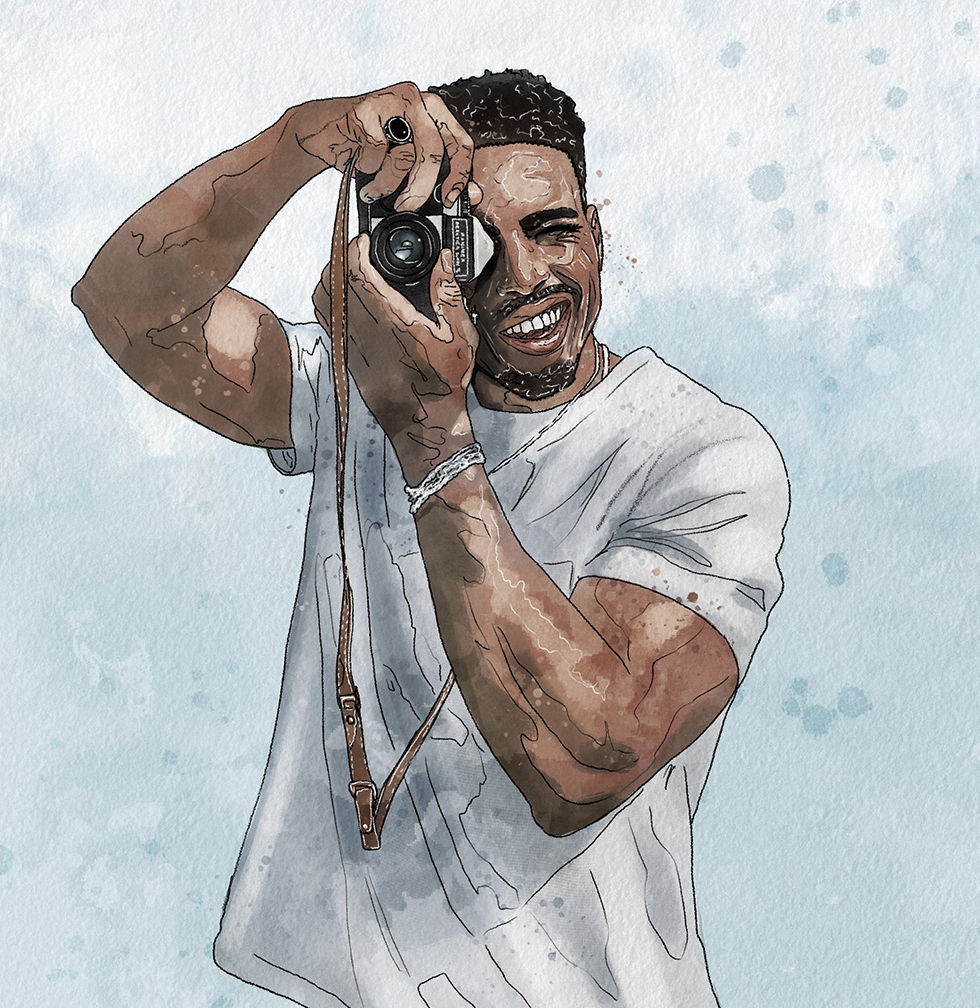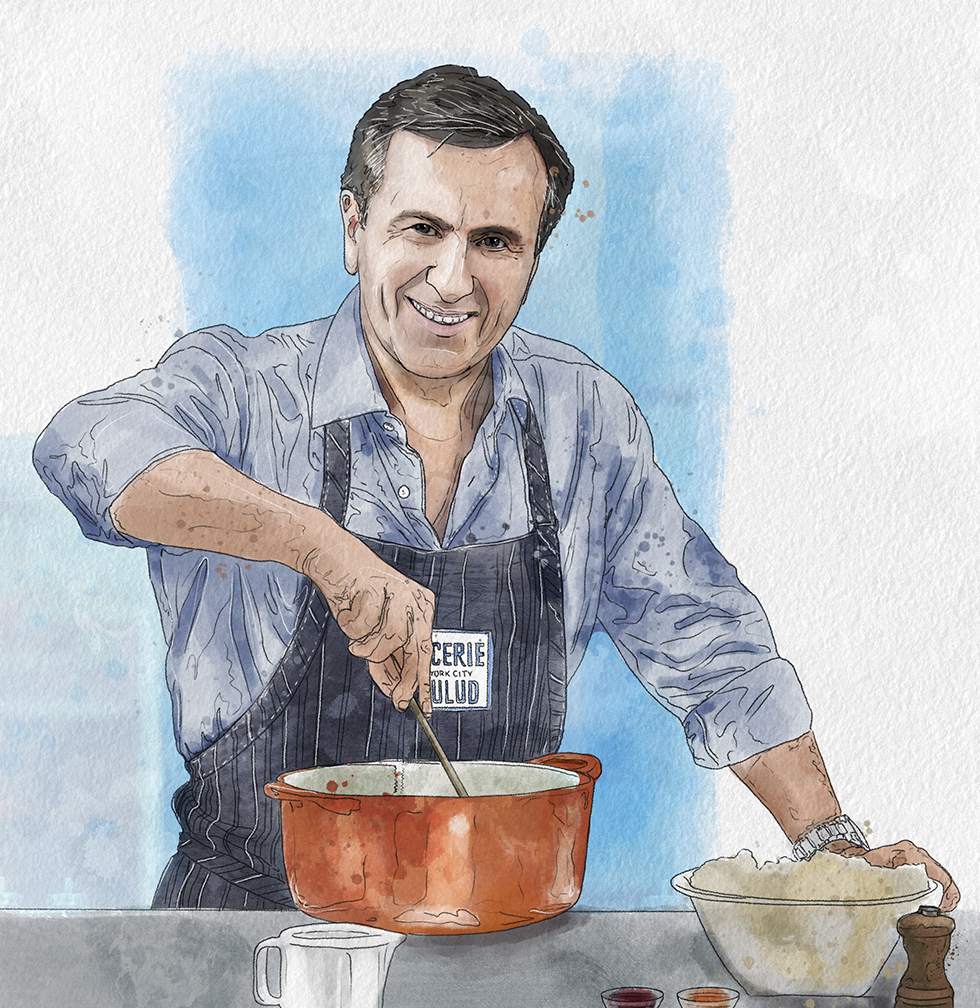Worth Every Penny: Jeff Staple on Buying a Takashi Murakami Original
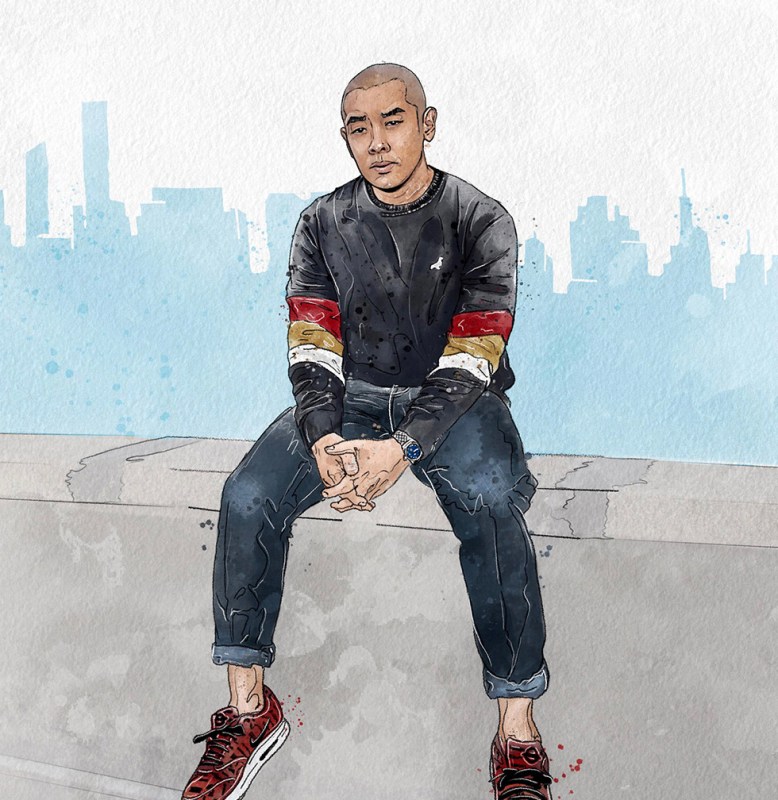
Of all the phrases relating to the parting of a man and his money, few are more gratifying to use than “worth every penny.”
Those three words communicate the idea that while yes, you spent — perhaps more than you had originally intended or are traditionally comfortable with — you did so knowing that the item you purchased was ultimately worth it.
Such items can come in many forms, but all have a story. So we decided to sit down with a few of our favorite in-the-know gents about their most prized possessions, how they came to own them, and the reasons they continue to resonate long after their original acquisition.
Today’s subject: Jeff Staple, a legend in the sneakerhead and streetwear communities and widely credited as one of the original driving forces behind a design movement that has profoundly shaped our culture over the last 20 years.
His brand Staple Pigeon is known (and coveted) the world over, his creative agency Reed Art Department (f.k.a. Staple Design) regularly works with powerhouse clients like Nike, Coca Cola and HBO, and Staple himself is a frequent moderator, lecturer and keynote speaker at industry events focused on creativity, design and business.
He is, in short, an aesthete of the highest order, and thus we were keen to chat with him about a work by famed Japanese artist Takashi Murakami that he believes was worth every penny and then some.
InsideHook: So to kick it off, describe this Murakami piece.
Jeff Staple: So it is a representation of Murakami’s collaboration with Louis Vuitton. It’s a piece of canvas fabric, so it’s actually like a canvas. I talk about canvas in the sense that most artwork is on a canvas, but this artwork is canvas material. And he’s done a beautiful camouflage all over, which is already sort of strange for LV to be doing camouflage. But then he did this tonal embroidered LV pattern all over on top of the camouflage. So it’s almost invisible.
I was never a big fan of the classic LV print — the gold on the brown. I felt like that represented old money, if you will. The old guard. I feel like this representation of the LV print represents the streets and our culture more. It’s camo in that ‘90s hip-hop vibe. And then the tonal thing. It’s streetwear reinterpreted through fine art. That’s what it is to me.
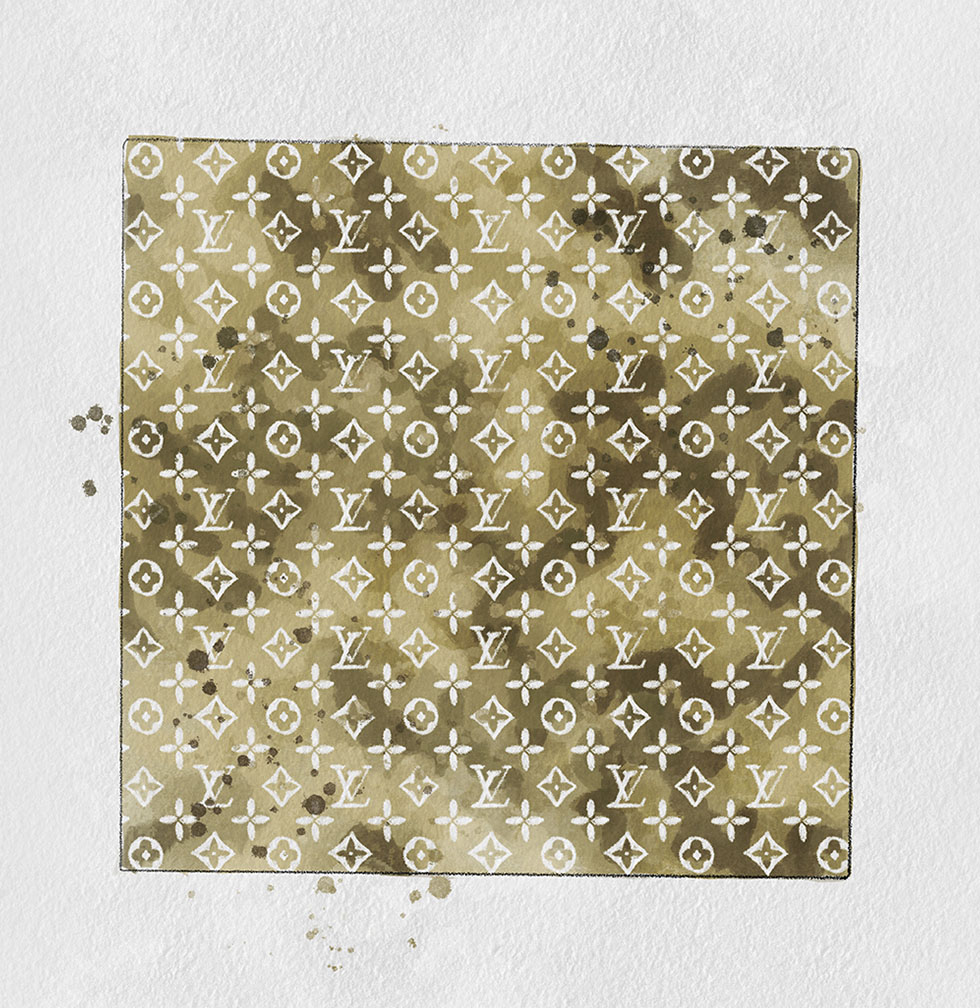
How did you come across it?
I’ve been familiar with Takashi Murakami for a good 15, 20 years. I’ve always been a Japanophile. I’ve always been going to Tokyo and been really enamored with everything that’s going on with the culture and the art over there. And Murakami is one of the stars. So I definitely was familiar with that: Murakami, then going beyond the manga world and getting into more fine art and then fashion … And I guess the culmination of that was really Louis Vuitton, with Marc Jacobs at the helm of it at that time, reaching out to Murakami to then do a collaboration on mostly LV products, handbags and luggage.
But it also coincided with, I think, the first museum solo exhibition that Murakami had at the Brooklyn Museum, in 2008. [Ed. note: It was Murakami’s first major retrospective, and also showed in Los Angeles, Frankfurt and Bilbao.] When that exhibition came around, I was going as a fan. I was familiar with Murakami. I was familiar with what LV was doing. I was definitely familiar with Marc Jacobs. I was just excited that this was happening culturally, that an artist and a fashion designer and couture and street were coming together in Brooklyn. It was a monumental moment for “the culture” for sure.
Were these people or entities who you felt had influenced your own work?
All three of them, definitely. LV as a legendary brand and couture house, and just building a legacy. That’s obviously something that I’ve been working at producing with Staple. Murakami with his expression and art, and his free-flowing visuals. And then Marc Jacobs as a creative director — in a lot of the projects that I do, I consider myself a creative director as well. So I’m a creative director, but I also have my own line and I like to express myself in many different ways. So elements of all three are definitely in my DNA.
So you’re at the exhibition in 2008, walk me through that.
So no one goes to a museum thinking they’re going to walk out buying art, right? I mean, maybe the 0.1% do, but I, surely, 12 years ago, was not going to the Brooklyn Museum thinking, “I’m going to pick something up.” Maybe like a T-shirt or something.
But as I was leaving, there was a section of the museum that was offering the ability to buy the art itself. And I saw this piece and it was definitely quasi-impulsive. I mean, for sure it was impulsive, because I didn’t have the plan to do it. I didn’t even see the art before that moment that I decided to buy it. It wasn’t like I had my eye on it and I was like, “I’m going to go look for this.” I was just finishing the show, walking out, noticed that there was a section. And I saw the price tag and I think I felt just super inspired and open at the moment. And I felt compelled to really try to own a piece of this for some reason.
I think that’s what art is really all about. You can’t really justify the sensibility of buying art. It has to be something that just hits you on an emotional level. And at that moment, I was very emotional about the art and the moment and everything. And trust me, it was definitely beyond my means. I remember calling my credit card to make sure that I could make this purchase at the time. This is 12 years ago. I wasn’t at the point where I could just drop $6,000 and not think about it. I really had to strategize. Also, because I’m at the museum and it’s opening night, I didn’t want to make a purchase and have my credit card rejected right there on the spot.
So I secretly tucked into a corner and called the credit card company. I was like, “Hey, I want to make this purchase. Is that possible?” They’re like, “Yeah, go ahead.” I remember I was like, “Am I doing this?” I was really nervous, like my heart was pounding. I remember doing a calculation in my head where this number was X percentage of my entire balance that I’m allowed to spend on my card. I remember it was something crazy, like somewhere near 30% to 50% of my allowed limit. And again, there’s no sensibility behind it. There’s no justification for it, but I decided to pull the trigger.
Whether it’s an original Murakami or some other possession whose value can’t be described in simple monetary terms, those things that are “worth every penny” all share a common trait: they make us feel something. They have surpassed the realm of mere object and become a conduit for emotion.
This is a concept that the team at Lexus understood deeply when designing the new LC 500 Convertible, an automobile engineered in every way to stimulate the senses and create an experience of peak exhilaration and joy. This is a car built to give the driver a serious case of the feels.
It begins with a chassis strengthened by underbody bracing, resulting in a greater sense of connection to the road and a more visceral, responsive driving experience — long story short, when you rev the 5.0-liter naturally aspirated V8 under the hood, you’re gonna feel all 471 horses, from your eager right foot all the way up through the raised hairs on the back of your neck.
You’ll hear it too, thanks to an Active Sport Exhaust System that foregrounds the vehicle’s thunderous exhaust notes, as well as an Intake Sound Generator that carries the engine’s intake pulses through a diaphragm and then pipes the sound into the cabin to enhance the V8’s rumble.
What you won’t hear is unwanted noise, owing to a transparent polycarbonate wind deflector that helps restrict unwanted turbulent air from entering the cabin, in addition to an Active Noise Control system that combines insulation and absorption techniques to filter out harsh sounds and let you chat comfortably with your passengers.
Bottom line: this isn’t a car to just get you from A to B — this is a car that makes the trip from A to B a destination unto itself. That’s what makes it a keeper.
So when you say something that speaks to you on an emotional level, did you feel like this was something that was going to have such a lasting impact on you over time?
Yeah, partially. I felt like the piece itself is … it’s kind of hard to articulate this. The piece itself is not something that I felt like aesthetically and from a product standpoint was something that I was going to use. I didn’t have a place in my home where I felt like this is going to be the perfect piece to accentuate it. It was way more about remembering the moment and this was the memorabilia that would allow me to take myself back to that feeling of Brooklyn, LV, Murakami, Marc Jacobs, the whole culmination of the culture. It was a representation of that.
I find that very interesting — the idea that it’s as much about the moment, or the memory of the moment, as the thing itself.
To be quite frank, and this is pretty crazy, but I’ve never hung the piece up on a wall. It’s actually just in its box in storage. It’s never been hung as art, even though it’s art. So that kind of tells you right there that I didn’t buy this art because of the artistic expression or the aesthetic of it. It was really what it meant to me at that time. It’s like a trigger to take me back there.
In addition to that moment from a cultural standpoint, I think there’s also a certain feeling one can have where it’s like, “Ok, I can actually do this. I’ve made it. Maybe I’ve not made it all the way, but I’ve made it to the point where I can stretch and make this happen for myself.” That’s a good feeling.
Absolutely. You nailed it. If the fear and the hesitation and the anxiety wasn’t there in buying it, it wouldn’t mean what it means to me today. I can afford [things like this] much easier at this point, but it also takes me back to that moment — where I was in my career financially, reputationally, where I was, and how far I’ve come since then. It’s kind of cool to reminisce on.
Plus, the idea of buying something off the wall at an actual museum is wild.
So because it’s a museum, they do this thing. You might’ve seen this if you’ve ever been to an art gallery or art opening. They have these little red dot stickers that they put on the corner of the art to show that it’s been bought. I’ve always gone to shows and seen the red dot and knew what that meant, and to have a red dot go up because of me was another special feeling.
“That’s my dot.”
Yeah, yeah. That’s my dot.
I find it very interesting that something that, by your own admission, is kept out of your line of sight, is still so meaningful to you.
My life is like Pee-wee’s Playhouse, where it seems chaotic. There’s just things everywhere. There’s objects of a historical nature and archival objects and shoot samples and one-offs and gifts from art friends and everything. And they’re just everywhere in my offices and my home and my studio, but I have a record like Rain Man in my head of every single thing that I have. And I pretty much know where everything is, even though it looks like chaos to someone else. So even though I hadn’t seen this particular Murakami piece in years — like legit, I haven’t touched or seen this piece in years — when this question came, that was the object that immediately came to my head and I knew exactly where it was and I knew how to access it right away. That’s how much it means to me.
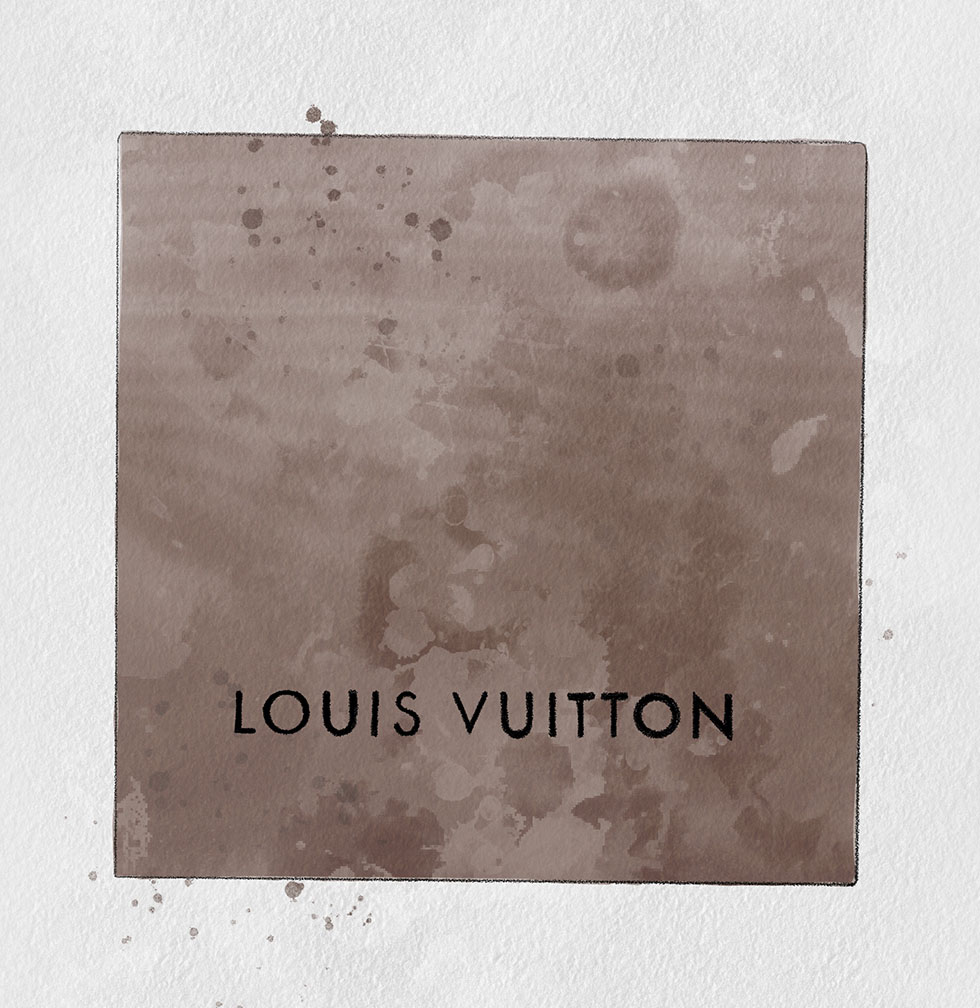
Do you think that emotional impact comes from having approached this with more of a fan-first mentality, rather than from a pure investment standpoint? It seems like the latter is all too common with art these days.
Yes. I subscribe to that thinking. I’m not going to tell people how to make their money or live their life. There are obviously people that are very good at the art of flipping, whether it’s art, real estate, wine, watches, whatever it is. Everything is transactional. We all know day traders that are killing it. So more power to those people. But I don’t operate that way, and I feel like there’s not a lot of enjoyment when everything just becomes ROI to you. I don’t care about the resale value at all. I’m supporting it because I’m supporting the beauty in these things, and I want more of these beautifully designed or beautifully created things to come out.
To me, when I put my wallet down on it, I’m basically making a vote to say, “Yes, make more of these beautiful things. They mean a lot to me on a spiritual level.” And if the resale on it tanks, if it’s worthless … I think my assistant sent you like a Sotheby’s link for that Murakami piece, and it does happen to be worth 5x what I bought it for, but if Sotheby’s told me that it was worth 5x in the other direction, it wouldn’t bother me in the slightest. The piece still has monumental appreciation for me as a person.
Especially as you’ve grown as an artist and a creative force in the industry, I would imagine.
Yeah, and I think that’s where the story comes 360, is eventually, years later. It was 2008 when I bought the piece, and last year I got to meet Murakami. He invited me to a private dinner that he had in Japan. So I got to meet Murakami, and as another connection point I recently got to connect with Virgil Abloh, who’s now the artistic director of Louis Vuitton.
So Marc Jacobs is no longer there, but the symbolism of LV, Virgil — the “new” Marc Jacobs — and Murakami all now within my six-degrees purview is another indicator of the trajectory of not only where I’ve gone from a career standpoint, but also just the way the cosmos works. How just 12 years ago I was in a room shitting in my pants, pulling the trigger on this piece of art. And now I’m breaking bread with y’all. That’s crazy to me, you know?
I think one of the real takeaways that I learned from this item is really that possibilities are endless. Sky’s the limit. You could go from being a fan and being nervous at one point, and then before you know it, you’re rubbing shoulders with that same exact person. It’s incredible where the universe can take you if you’re really passionate about what you do. Drake has a great line in one of his songs. He has many great lines, but one that always hits me hard, he says, “You’re only 24 hours from greatness. You’re that close.” The problem is that when you’re 24 hours away from greatness, you don’t know that greatness is there around the corner.
If you give up on that day, you don’t get to taste the greatness. But it’s only a day away. If some spiritual being told anyone in this world “If you just work at this for 24 more hours, you will hit greatness,” everyone would take that deal, right? Everyone would be like, “Oh, there’s only one more day of this shit? Yeah, I’m definitely doing it.” But the problem is nobody tells you that it’s a day ahead. And if you have that mentality, I think you’re going to find yourself in positions that you thought were impossible or unbelievable before you know it.
Illustrations by Dylan O Brien
Thanks for reading InsideHook.
Sign up for our daily newsletter to get more stories just like this.

